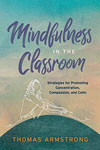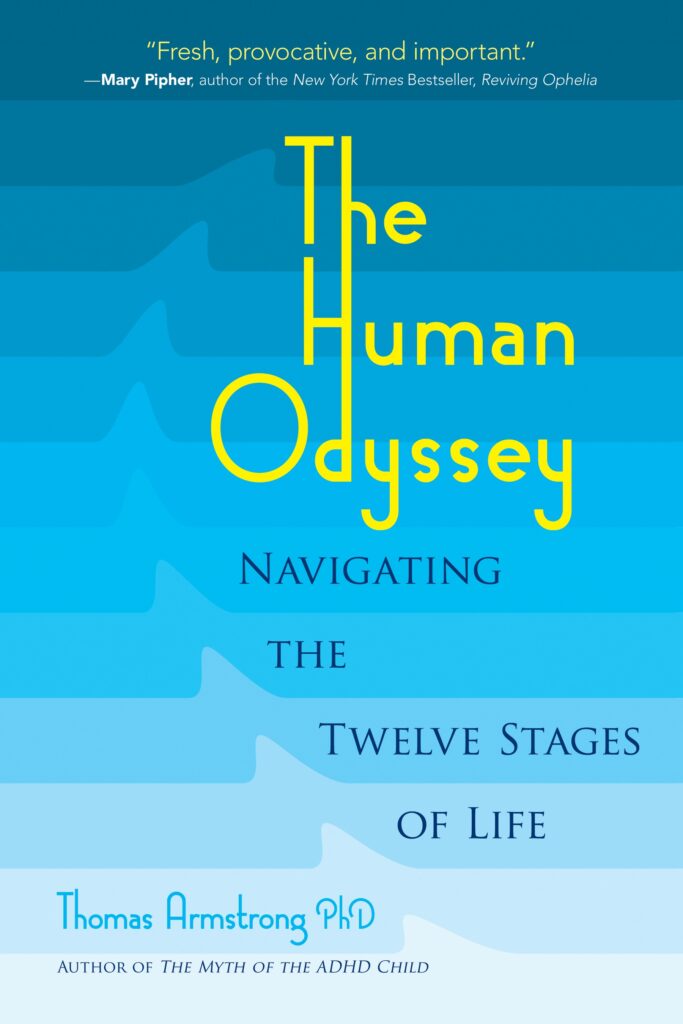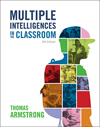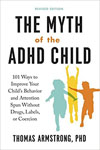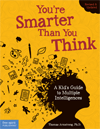 Reading is such an important part of the educative process, and whether your child is engaged in a school-directed distance learning program, or you’re creating your own homeschooling or unschooling program, literacy activities (reading, writing, speaking, listening), are likely to be a major part of whatever form these programs happen to take.
Reading is such an important part of the educative process, and whether your child is engaged in a school-directed distance learning program, or you’re creating your own homeschooling or unschooling program, literacy activities (reading, writing, speaking, listening), are likely to be a major part of whatever form these programs happen to take.
However, there are different ways of approaching literacy activities depending upon how a child learns best. I’d like to suggest eight ”literacy styles” that are associated with different types of learners. I’m basing these on Howard Gardner’s theory of multiple intelligences, which says that there are at least eight different intelligences in the human mind: Word Smart, Number/Logic Smart, Picture Smart, Body Smart, Music Smart, People Smart, Self Smart, and Nature Smart. All kids have all eight intelligences, but they have them at different stages of development, and express them in different ways. You can assess your child’s eight intelligences using this assessment, and then come back and see which of these literacy styles seems to characterize your child best.
- Word Smart Literacy Style. Since many of the kids who fall into this category are book worms and/or good writers, you don’t have to worry too much about integrating their style into the program, unless they begin to get bored with the assignments. If this happens, you need to speak with the teacher about making accommodations for more demanding work (if distance learning) or accelerate the homeschooling schedule to a more advanced level. Another problem that could crop up, is that your child may do just fine reading for pleasure, or writing in his journal, but may not like school reading assignments. I’d suggest that you make sure your child has time during the day to do his regular pleasure reading in addition to the school or homeschool assignments. Ideally, you can create an entire reading program around your child’s interests. Finally, there are other kids who have strong oral language skills but may not read as well, and you might notice that they speak some or all of the words as they read them. In times past, educators have derided this practice as ”sub-vocalizing” during reading, and they’ve tried to get kids to stop doing it. But it is actually okay for them! While it may slow things down a bit, it creates important linkages between oral language and the printed word, which means your child will be more solidly grounded in the reading he’s doing. You’ll probably see less of this as your child advances in his reading ability, where it may disappear into ”inner speech,” but for some readers (including myself) some aspects of this connection to oral speech will persist for an entire lifetime (and that’s good!).
- Number/Logic Smart Literacy Style: These kids are actively questioning what they’re reading, creating hypotheses about what the author may be intending, catching typos, responding to numbers when they occur in the text, and actively involved in the process of their reading progress. For these kids, having a chart that tracks the number of books read, the number of words read in a session, the speed at which the child reads, the number of words written in an assignment (Microsoft Word has a feature that tracks words in texts), and other literacy statistics, can make the experience of reading and writing more engaging for them.
- Picture Smart Literacy Style: Picture smart kids like to visualize what they read, so you might see them closing their eyes periodically while they peruse the scene, or perhaps they do this simultaneously with reading. They like heavily illustrated books, and even like to draw pictures of the scenes they enjoy the best. Picture smart students may have initial difficulty mastering the written code (unless someone teaches them the alphabet through images – e.g. the ”s” as in the ”sssssssnake’), but once they’re reading they are often best at reading comprehension because they can see the action in the book (at least with respect to fictional works). For their writing, they like to accompany their words with drawings of their own to illustrate the action or the concept (if it’s a non-fiction book).
- Body Smart Literacy Style: For these kids, literacy should be experienced in a kinetic way. That means being able to read and walk at the same time, riding a stationery bike with a book holder, or in some other way moving and reading simultaneously (ergonomic furniture like standing desks, and bouncy bands on their chairs can also provide movement). These kids also often like to read– not sitting up straight in a chair–but lying down on comfy pillows, or on their back with their feet propped up on the sofa, or sprawled on their bellies on the carpet.
- Music Smart Literacy Style: These kids may prefer to sing while they read, and unless you see that it interferes profoundly with their reading experience, they should be allowed to continue doing it. They are also incredibly sensitive to the sounds of language, to the flow, the undulations, the rhythms (poetry may particularly appeal to them), and the other acoustic patterns of a book, including musical imagery that may occur in the book (sounds of a dog barking, people clinking their silverware as they eat etc.). They may read more easily with music in the background (and let them choose the music). They often make excellent writers because they’re so attuned to the rhythms of language that the words just slip from their pens onto the printed page.
- People Smart Literacy Style: Sitting all by one’s lonesome self reading a book is exactly what they kids don’t want to be doing. For them, reading is a social activity, where everybody is gathered reading their own books (or copies of the same book) and discussing them as they go along, or everyone is taking turns reading passages from one book. The idea of kids on their bellies in a circle around a book (or a laptop) as they read and discuss, serves as a kind of emblem for this type of interpersonal literacy. Similarly, these kids like to engage in group writing. One activity that may appeal to them is the writing of a story, where one person writes the beginning sentence, the next person adds a line or two, and so on around the circle, until everyone agrees to stop. People Smart kids are also particularly apt at understanding the moods, intentions, and motivations of characters in a book or story.
- Self Smart Literacy Style: These kids actually do enjoy being off by themselves in a nook somewhere ensconced in a good book. They make good independent readers, and if left alone, may end up reading a wide range of books covering their special interests. Emotions are particularly important to these kids, and they should read in a climate where all emotions, positive or negative, are allowed to be felt and appropriately expressed while in the act of reading a book (or writing a story). Do not regard their giggling while they read as ”off-task” behavior, because great books should always arouse us from our deep slumber (the author Franz Kafka once said that ”A book must be the axe for the frozen sea within us.”
- Nature Smart Literacy Style: Nature Smart kids want to read and write out in nature. They prefer to read books that involve nature in some way (either fiction or non-fiction). Field-guides, for example, may be an excellent resource of books when preparing for, or actually going on a field hike out in the wild. Strange as it may seem, they also do better in their reading by reading to animals. In one study, kids who read to dogs performed better on reading tests than those who didn’t.[1] This was probably because the dogs provide total validation as feedback while a parent or teacher instead might be perceived as interfering in their reading process (”say ‘buh’ ‘buh’, no not ‘puh’, ‘buh’ listen carefully, ‘buh”’).
Remember that your child has all eight intelligences, and thus may display certain traits and features of more than one of the literacy styles described above. Knowing a child’s literacy style(s) can help you create the conditions at home where your child can read and write in a way that works for them, and can avoid messy power struggles to ”get” the child to read or write in a certain way (e.g. at the dining room table sitting still in a straight-backed chair). Think of the way that you most enjoy reading and/or writing. How does that differ from the way you were told to read and write in school? By creating optimal conditions for engaging in literacy activities for your child, you’re going to be making it that much easier for her to enjoy reading and writing and be academically successful as well!
[1] Hall, S. S., Gee, N. R., & Mills, D. S. (2016). Children reading to dogs: A systematic review of the literature. PLoS ONE, 11(2), Article e0149759.
For more information on literacy styles and other strategies for engaging kids in literacy, see my book The Multiple Intelligences of Reading and Writing: Making the Words Come Alive.
This page was brought to you by Thomas Armstrong, Ph.D. and www.institute4learning.com.
Follow me on Twitter: @Dr_Armstrong






